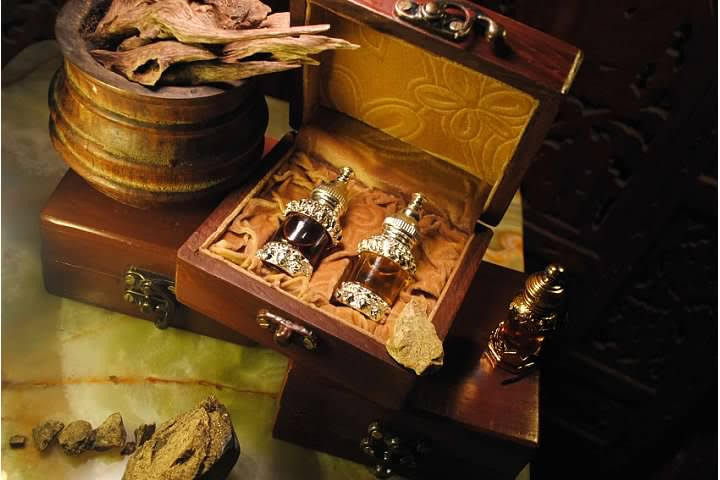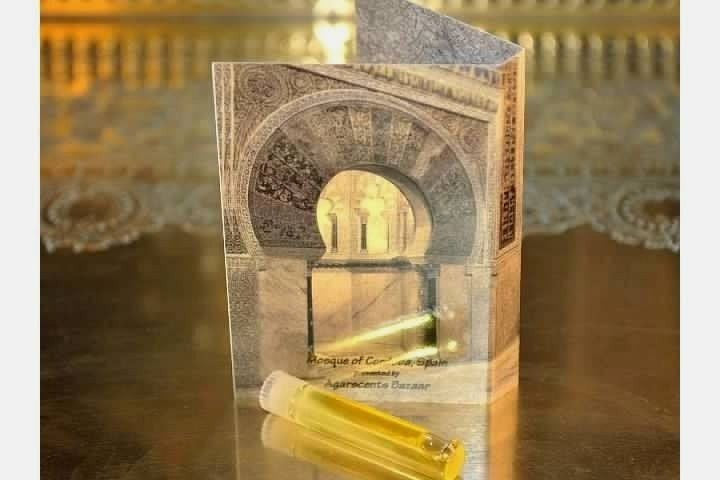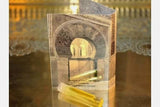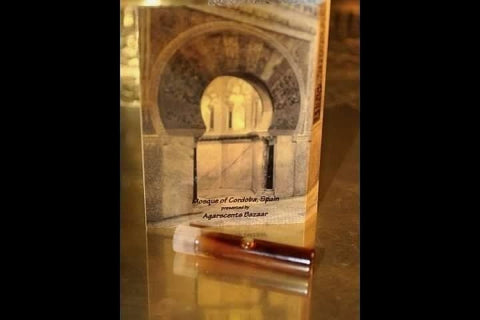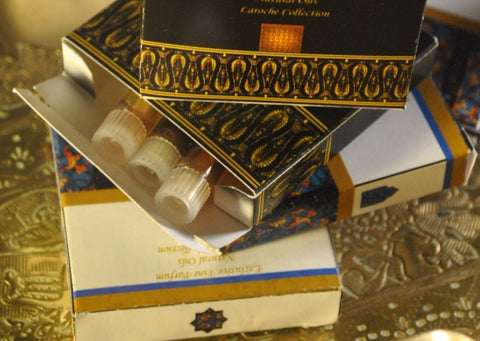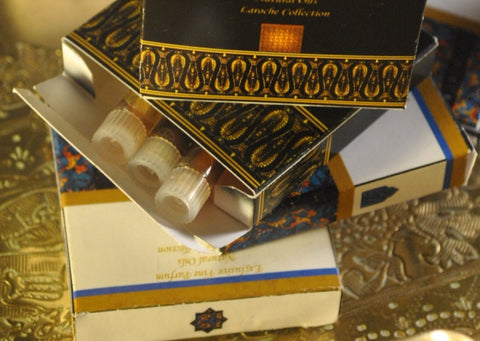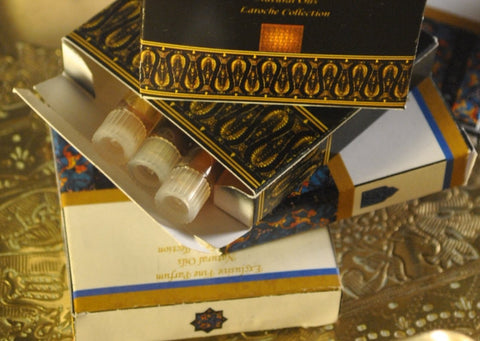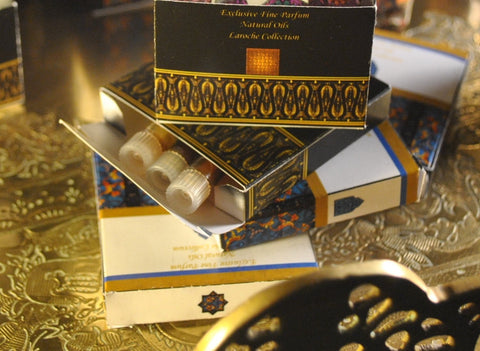Fine Ambergris White infused with one of the most favoured and expensive roses - "Rose Taifi" from Taif in Saudi Arabia. This precious floral scent, cherished by men and women alike in the Gulf, lends itself beautifully to the oceanic, musk-like freshness of true Ambergris enhancing the composition with its tenacious crispness and mesmerizing aroma. Ambergris Taifi Rose is a unique Parfum, a most enchanting addition to a Connoisseur's perfume collection of Oudhs, Musks and Mukhallats.
D'où vient la ROSE TAIFI
Le 'Ward Al-Taifi', Taif Rose, est l'un des plus célèbres de tous les Roses au monde. À l'origine de l'origine indienne, la légende raconte que la Rosa Damascena Trigintipetala (fleurs de pétale 30) a migré vers les plantations de roses de la Perse et a ensuite été cultivée à Taif au X-XXe siècle.
The very intense and distinct fragrance of ‘Ward Al-Taifi’ was given the name ‘Itr-i-Jahangiri’ by the mother-in-law of the fourth Mughal Emperor Jahangir. When Asmat Begum, credited with the discovery of "attar”, was making rosewater, she was amazed by the strong scent of the scum that formed over the rose petals. The Emperor was so overjoyed with this intense rose fragrance, that she named it in his honour.
It takes thousands of kilos of rose petals to make 1 kilo of Rose Taifi oil, and the precious petals have to be collected in the early morning before the sun rises, or the delicate rose essential oil will evaporate in the blooms. More than two centuries ago, the rose petals were packed, sealed and transported on camels 65 kilometres to Mecca, where the rose oil was distilled. Soon after though, distilleries were established in Taif, which made rose oil production more time efficient, and less costly and made Ward Al-Taifi famous throughout the Arabian World.
QUE FAIT AMBERGRIS
Ambergris has an unusual odor which is difficult to explain to anyone who has never had the pleasure of its sensual aroma. Ambergris is often described as being musky and having a sweet earthy aroma unlike any other, or a mossy fragrance reminiscent of the damp forest floor. Depending on the quality of the ambergris there can be a great variation in the fragrance. Poor quality or fresh ambergris (which is black and sticky) is fairly offensive in fragrance. If you can imagine scented cow dung you will be on the right track. Many people expect ambergris to have a very strong or foul odor, but this is not the case. In general, lighter-coloured pieces of ambergris have a subtle, pleasant smell. The base animal (manure) odour fades as the ambergris cures. However, the white and grey varieties, in particular, possess the subtle, sweet addictive aroma that beach combing dreams are made of.
À QUOI AMBERGRIS EST UTILISÉ POUR
L'ambre gris a été largement utilisé historiquement et culturellement depuis l'Antiquité. Les Égyptiens d’hier brûlaient l’ambre gris comme encens, tandis que dans l’Égypte moderne, l’ambre gris est utilisé pour parfumer les cigarettes. Les anciens Chinois appelaient l’ambre gris « le parfum de crachat du dragon ». Au Moyen Âge, les Européens utilisaient l’ambre gris comme médicament contre les maux de tête, le rhume, l’épilepsie et d’autres maladies. À l’époque de la peste noire en Europe, les gens pensaient que porter une boule d’ambre gris pouvait les aider à éviter d’attraper la peste. En effet, le parfum couvrait l’odeur de l’air, considérée comme la cause de la peste. L'ambre gris sous différentes formes a également été utilisé comme arôme alimentaire, et certaines personnes le considèrent comme un aphrodisiaque et est donc l'un des principaux ingrédients de la parfumerie moderne.
